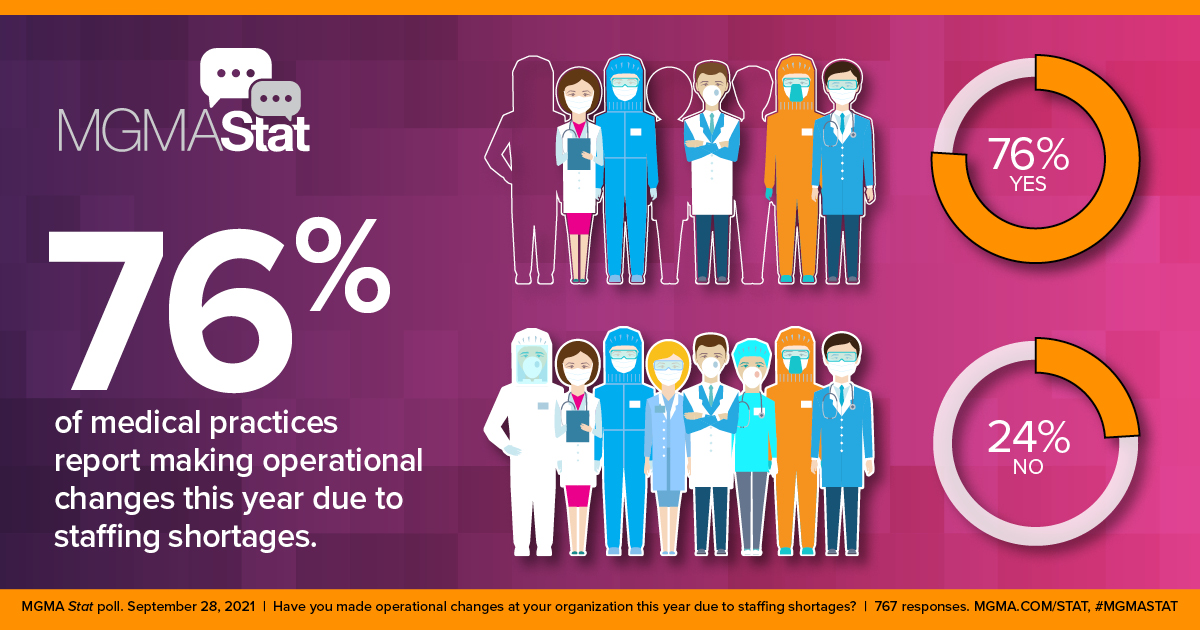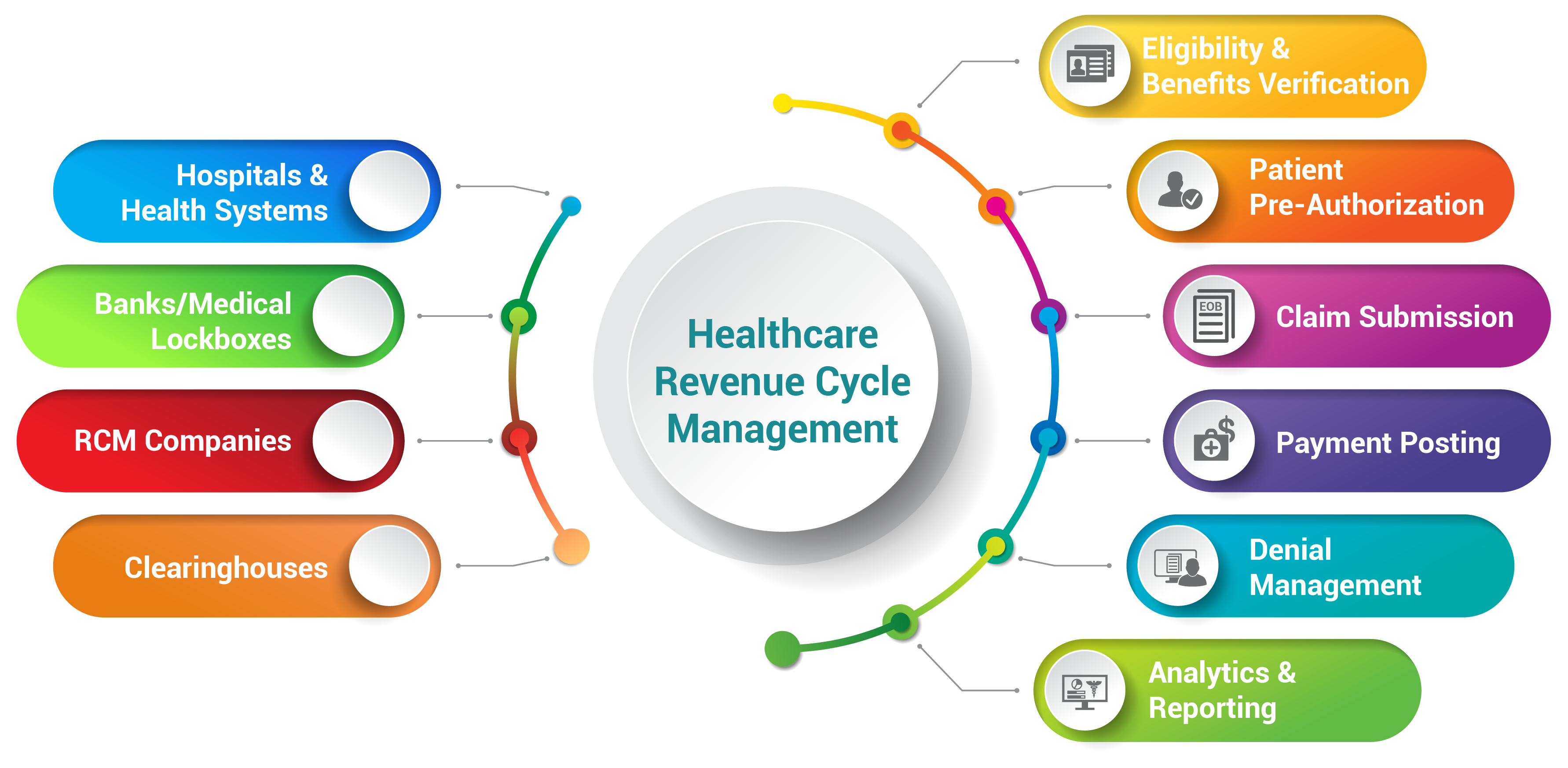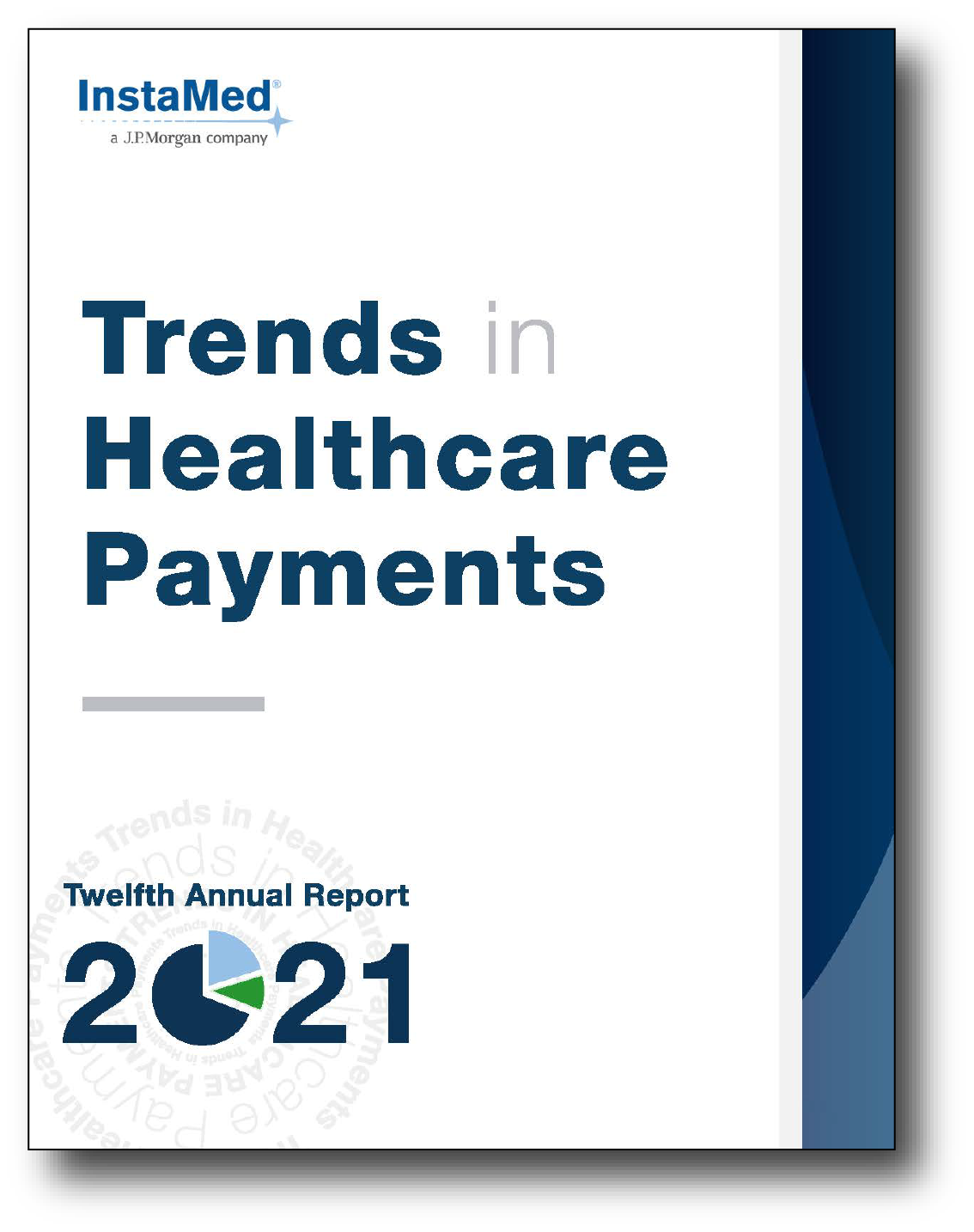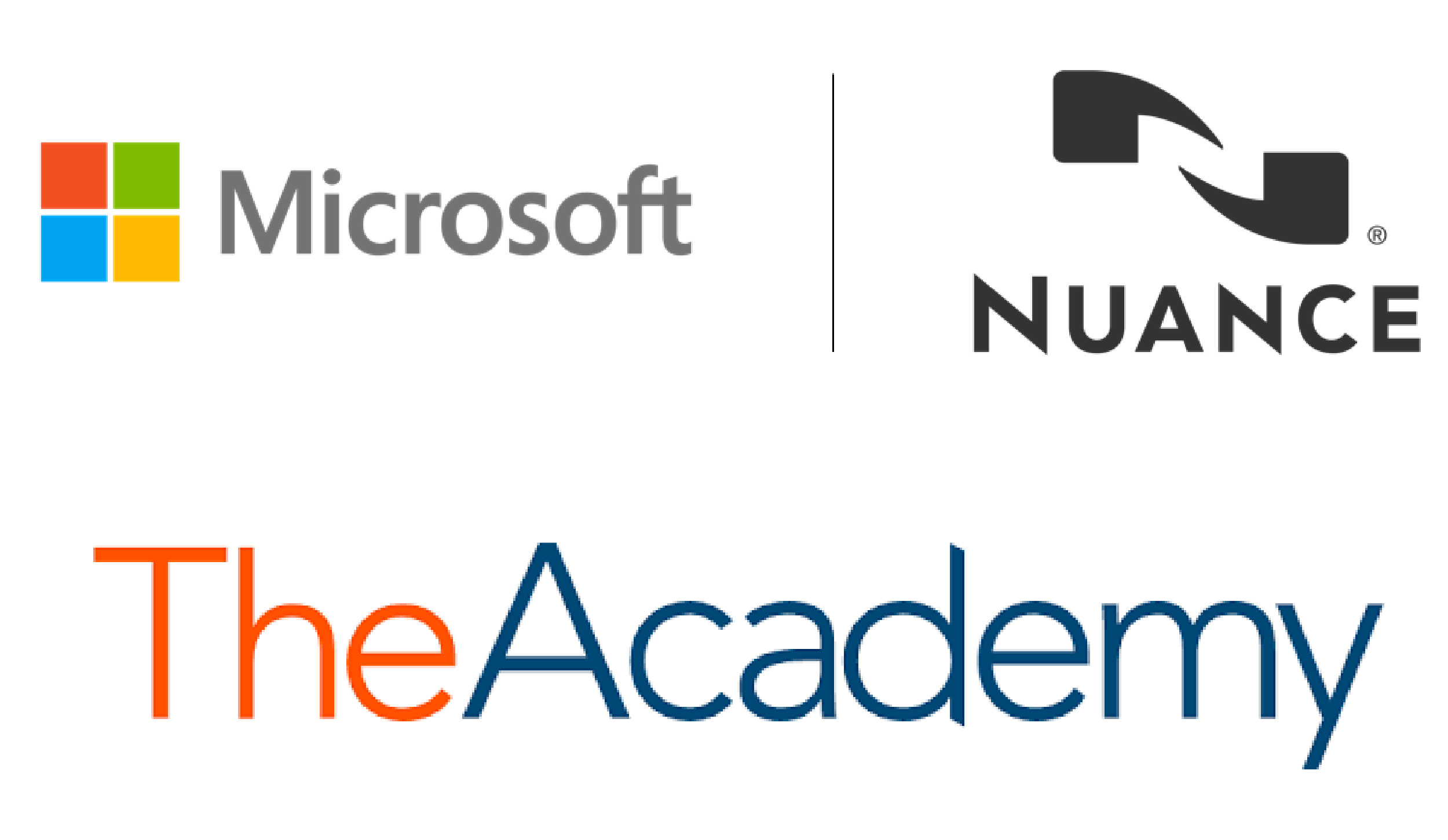OrboNation Newsletter: Healthcare Payments Edition – June 2022
InstaMed Report: Potential Savings of $20B or 48% of Existing Annual Spend by Fully Adopting Electronic Transactions
The importance of artificial intelligence and machine learning deployment across healthcare has been discussed throughout the industry for some time now. We've seen, for instance, healthcare and technology stakeholders directly address the chair and vice-chair of the National Artificial Intelligence Initiative Office (NAIIO) via a letter asking that healthcare be included in the scope of its work to advance US artificial intelligence (AI) by adding a healthcare subcommittee to the National Artificial Intelligence Advisory Committee (NAIAC).
Meanwhile, software giant Microsoft announced in a recent press release the establishment of the Artificial Intelligence Industry Innovation Coalition (AI3C) -- a stellar group including the Brookings Institution, Cleveland Clinic, Duke Health, Intermountain Healthcare, Microsoft, Novant Health, Plug and Play, Providence, UC San Diego, and University of Virginia.
In the latest of many such developments, this week Nuance announced a collaboration with The Health Management Academy...
Revenue Cycle Leaders Facing Challenges for Second Half of 2022 and Beyond
Even before COVID, healthcare financial management was complex and challenging. The new curve-balls being thrown at us by the existence of a pandemic have made it more important than ever to seek and use information gained by others in the industry...

MIT/Sloan Management Review: “Potential for Administrative AI Systems in Healthcare”

There is an overarching dramatic idea that AI systems and robots will one day replace doctors and nurses delivering healthcare. Imagine -- a patient goes into an operating room and, rather than a human surgeon "scrubbed up" with a team of nurses, the only things present are specialized machines and robotics prepped to perform surgery.
Will this be the future? Possibly -- but not anytime soon, according to MIT/Sloan Management Review...
AI & Machine Learning Technologies Tackling $1 Trillion in Healthcare Administrative Waste
In a recent interview with HealthCare IT News, Brian Robertson, CEO of VisiQuate, discussed the challenge of administrative waste in healthcare, particularly at a time when the healthcare industry is stretched thin for resources and experiencing labor shortages.
In the conversation, Robertson discusses how IT tools such as artificial intelligence, machine learning, and revenue cycle data analytics are readily available to help provider organizations cut administrative waste. This key to success is knowing how to deploy and use these tools.

How Next-Gen Automation Tech Can Improve Healthcare RCM

In an article for MedCity News, Dr. Yan Chow, Global Industry Leader for Healthcare at Automation Anywhere, explores in detail the role of next-generation automation technology in healthcare revenue management.
Challenges and Opportunities in RCM: Automation or BPO?
In a recent article from the Forbes Business Council -- an invitation-based, members group of "respected leaders and executives who are selected for the council based on the depth and diversity of experience in leadership, management, customer engagement, technology & growth" -- author Sagar Rajgopal, cofounder and COO of Ubiquity, provides his perspectives on the challenges and opportunities in healthcare revenue cycle management...

InstaMed Report: Potential Savings of $20B or 48% of Existing Annual Spend by Fully Adopting Electronic Transactions

InstaMed -- a JP Morgan Company -- recently published its 12th Annual Trends in Healthcare Payments Report. As with most services, the cost of healthcare continues to rise. However, according to the report, healthcare has become a major part of the US economy and a major expense for the population.
Healthcare spending is almost 20 percent of the national gross domestic product (GDP), up from nearly 7 percent in 1970. That growth shows no sign of slowing down in the next decade. Out-of-pocket healthcare costs for consumers have also increased significantly over that same timeframe. In the last decade, family premiums grew faster than both wages and inflation.
